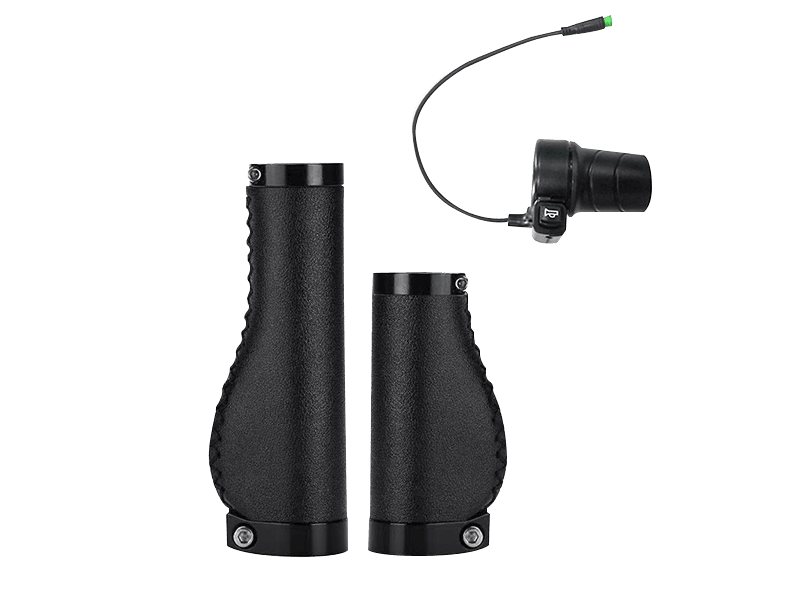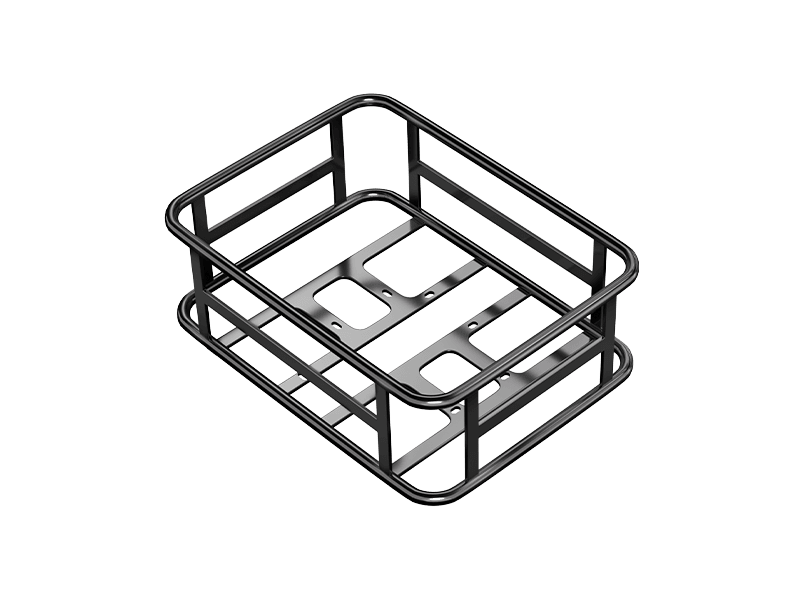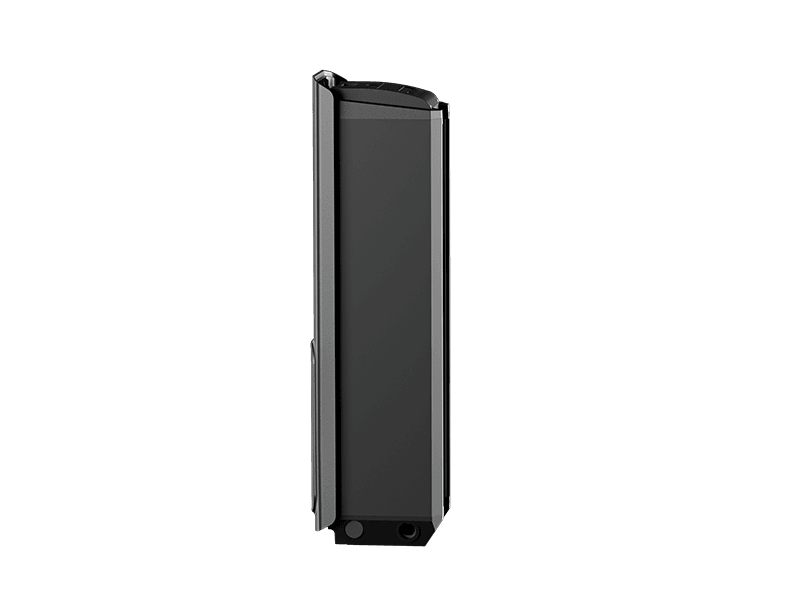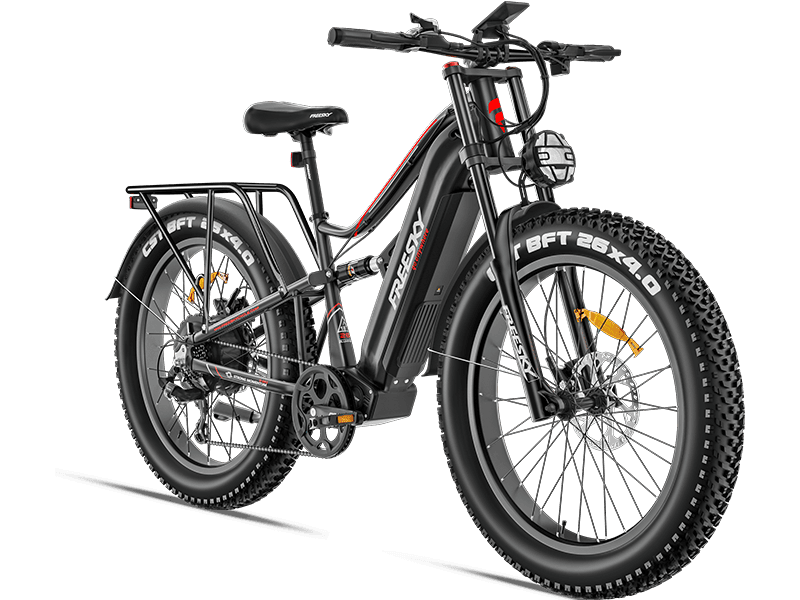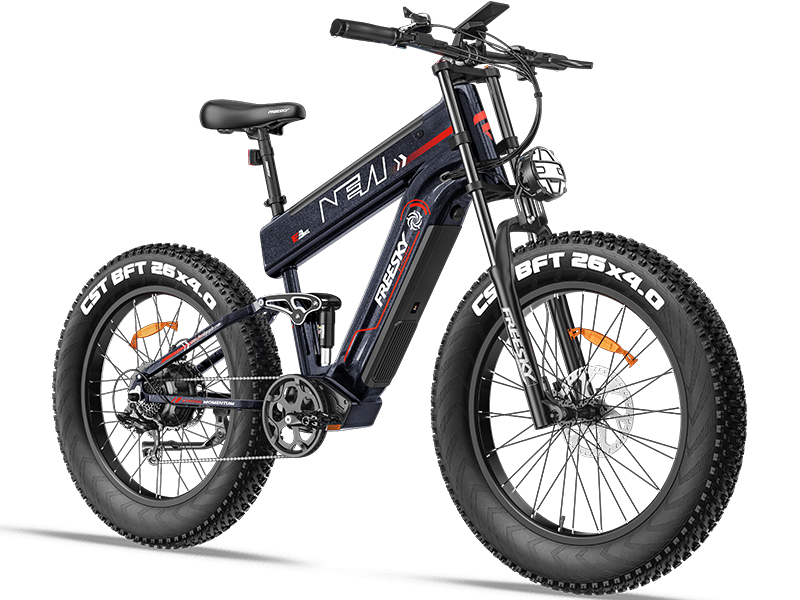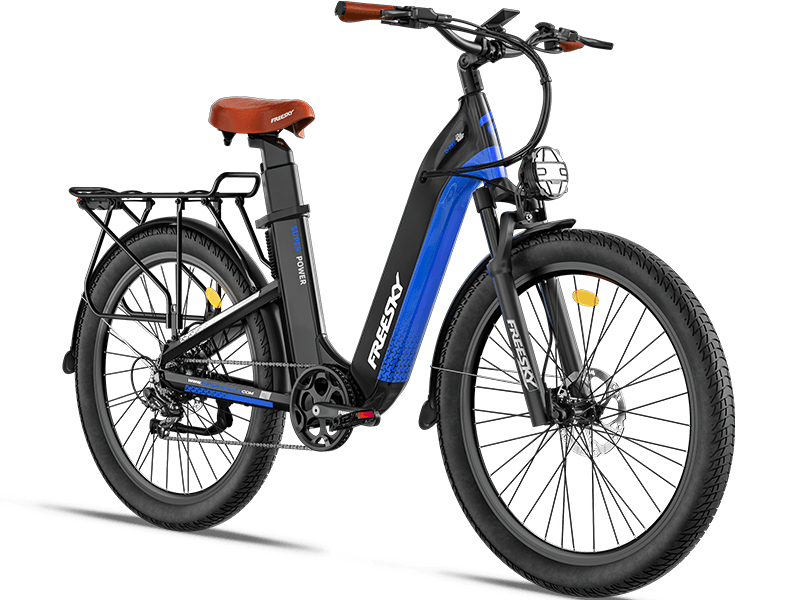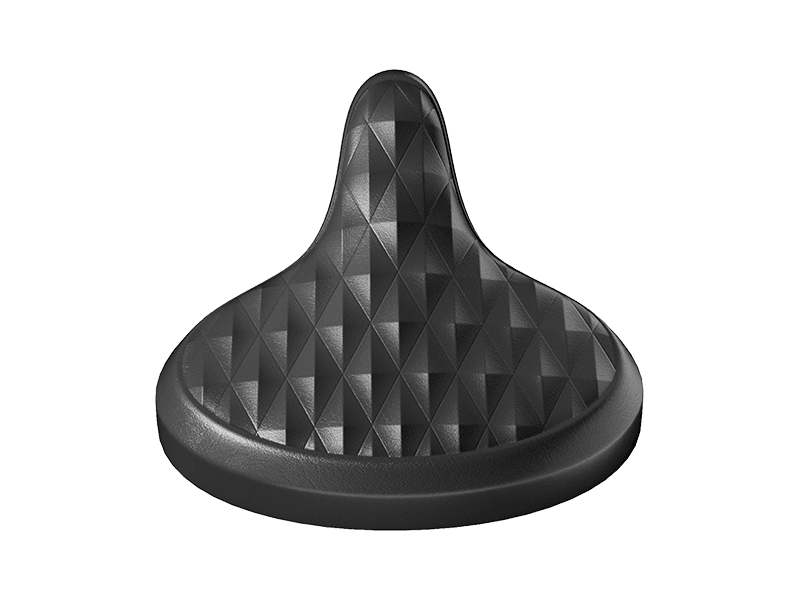How to Get Your Ebike Ready for Spring: A Step-by-Step Guide
APR 17, 2025
Spring is here, and with warmer weather on the horizon, it’s time to dust off your ebike and prepare for thrilling rides through blooming trails and sunlit streets. Whether your ebike has been hibernating all winter or you’ve braved the cold, a little TLC will ensure it’s safe, efficient, and ready to roll. Follow these steps to get your electric bike in top shape for the season!
1. Charge and Inspect the Battery
Your ebike’s battery is its heart, so start here:
-
Full Charge: Plug in the battery and ensure it reaches 100%. Lithium-ion batteries perform best when stored partially charged, but a full spring charge sets you up for success.
-
Check for Damage: Look for cracks, swelling, or corrosion on the battery and connectors. If you notice issues, consult a professional before riding.
-
Test Range: After charging, take a short test ride to gauge if the battery holds its usual charge. Reduced range may signal it’s time for a replacement.
Pro Tip: Store batteries indoors during winter to avoid cold-related degradation.
2. Clean Thoroughly (But Gently)
Winter grime, road salt, and dirt can damage components over time:
-
Wash Frame and Wheels: Use a soft brush, mild soap, and a damp cloth to clean the frame, wheels, and drivetrain. Avoid high-pressure hoses, which can force water into electrical parts.
-
Dry Completely: Wipe down the bike to prevent rust, paying extra attention to chains, gears, and brake rotors.
-
Lubricate Moving Parts: Apply bike-specific lubricant to the chain, derailleur, and brake pivot points once dry.
3. Inspect Tires and Brakes
Safety first! Ensure your stopping power and traction are ready:
-
Tire Pressure: Inflate tires to the PSI listed on the sidewall (usually 30–50 PSI for most ebikes). Cold winter temps can cause pressure drops.
-
Tread and Wear: Check for cracks, punctures, or worn treads. Replace tires if they’re bald or damaged.
-
Brake Check: Squeeze brake levers to confirm they engage smoothly. For disc brakes, inspect pads for wear and rotors for alignment. Adjust or replace as needed.
4. Test Electrical Components
Your ebike’s electronics need love too:
-
Motor Engagement: Pedal assist and throttle should respond instantly. Unusual noises or lag could indicate motor issues.
-
Lights and Display: Test headlights, taillights, and the control panel. Replace burnt-out bulbs or flickering LEDs.
-
Wire Connections: Ensure all cables (motor, battery, display) are securely connected and free of frays.
5. Tighten Bolts and Fasteners
Vibrations from riding can loosen parts over time:
-
Critical Checkpoints: Handlebars, stem, seat post, and rack bolts should be snug. Use a torque wrench to avoid over-tightening.
-
Wheel Alignment: Spin wheels to check for wobbles. Adjust spokes or visit a shop if wheels aren’t true.
6. Update Software (If Applicable)
Many modern ebikes have firmware for motors or displays:
-
Connect to App: Check the manufacturer’s app for updates to improve performance, battery efficiency, or features.
7. Gear Up for Safety
Don’t forget your own readiness:
-
Helmet Check: Replace helmets older than 3–5 years or after any impact.
-
Refresh Accessories: Stock up on spare tubes, a portable pump, and waterproof gloves for spring showers.
Final Step: Plan Your First Spring Ride!
With your ebike tuned up, map out a scenic route to celebrate. Explore a new trail, revisit a favorite park, or commute to work with zero emissions. Spring is all about renewal—let your ebike adventures reflect that!
Happy riding! 🌸🚴♀️


